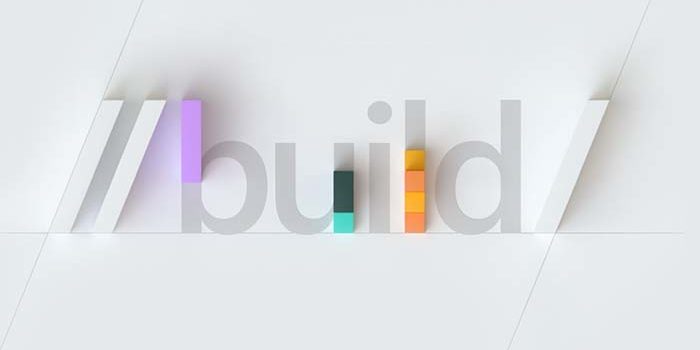


Microsoft’s Build summit is a yearly developer’s conference held to unveil new features in Microsoft’s various initiatives. This year’s headlights weren’t focused on Xbox or Windows, the way one might expect. Instead, Microsoft focused on their Azure platform, deep-learning algorithms, mixed reality and all things artificial intelligence.
Here are the biggest headlines from Microsoft Build 2019.
Microsoft Build 2019
AI is Here to Stay
Microsoft is driving full-speed ahead with artificial intelligence. While the company is best-known for its Windows operating system, they’ve been focusing ever more and more on their artificial intelligence projects. Namely, Azure, their deep-learning software, has been a huge focus at the last few Build events.
Initiatives like Azure Cognitive are focused on understanding audio and visual data, while voice recognition is another huge push for the company. The keywords here were machine learning and data interpretation. For the most part, it appears that Microsoft is focused on offering services for businesses, using machine learning to parse huge amounts of data.
Microsoft’s in with Blockchain
Microsoft announced their recent involvement with cryptocurrency at Build 2019. They unveiled the JP Morgan Ethereum ledger platform, Quorum, which was built using Microsoft Azure. However, blockchain tech is about more than just crypto. Microsoft announced they’d be using blockchain technology to help businesses form trustworthy ledgers built on the infallible nature of the chains.
Mixed Reality
Mixed Reality, or augmented reality, is a type of VR that allows for virtual constructs to be displayed alongside real-world objects. The most obvious applications, of course, are for video games. However, other uses for mixed reality could include virtual presentations of 3D blueprints, making it an ideal tech jump for drafters and designers.
Linux for Windows
The only big Windows news at the Build conference this year will likely be completely overlooked by the average user. The Windows Subsystem for Linux functionality was recently added in a Windows 10 update, which is a big deal for developers, thanks to Linux’s dev-friendly architecture. However, it’s unlikely that the average Windows user will have any need to mess around with Linux.










